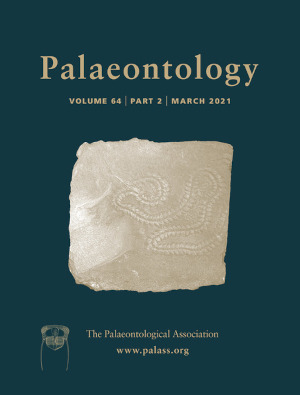Reg. Charity No. 1168330

Extensive fieldwork at Abocador de Can Mata (north-east Iberian Peninsula) has uncovered a previously unsuspected diversity of catarrhine primates in the middle Miocene (12.5–11.6 Ma) of Europe. However, the distinction of the great ape genera Pierolapithecus and Anoiapithecus from Dryopithecus (supported by craniodental differences) has been disputed by some authors. Here we revisit the diversity of great apes (dryopithecines) from the Iberian Miocene based on molar 3D endostructural morphology (relative enamel thickness, enamel distribution, and enamel–dentine junction (EDJ)). Using microtomography, we inspected an extensive sample of 49 hominoid molars representing at least five species from 12 localities. 2D and 3D relative enamel thickness values indicate that Dryopithecus and ‘Sivapithecus’ occidentalis (species inquirenda) display the thinnest and thickest enamel, respectively, while the remaining taxa (Hispanopithecus, Anoiapithecus, Pierolapithecus) show intermediate values. Upper molar enamel distribution maps exhibit a similar pattern in P. catalaunicus, A. brevirostris, D. fontani, H. laietanus and H. crusafonti whereas for the lower molars they reveal differences between H. laietanus and H. crusafonti. Lower molar enamel distribution and EDJ morphology of ‘S.’ occidentalis support the distinction of this species but do not resolve whether it is a junior synonym of Anoiapithecus brevirostris or Pierolapithecus catalaunicus. Overall our results support the distinction of middle Miocene dryopithecins from late Miocene hispanopithecins, the distinction of Pierolapithecus and Anoiapithecus from Dryopithecus among the former, and the distinct species status of H. crusafonti compared to H. laietanus among the latter. Our results highlight the potential of inner tooth morphology for hominoid alpha-taxonomy.